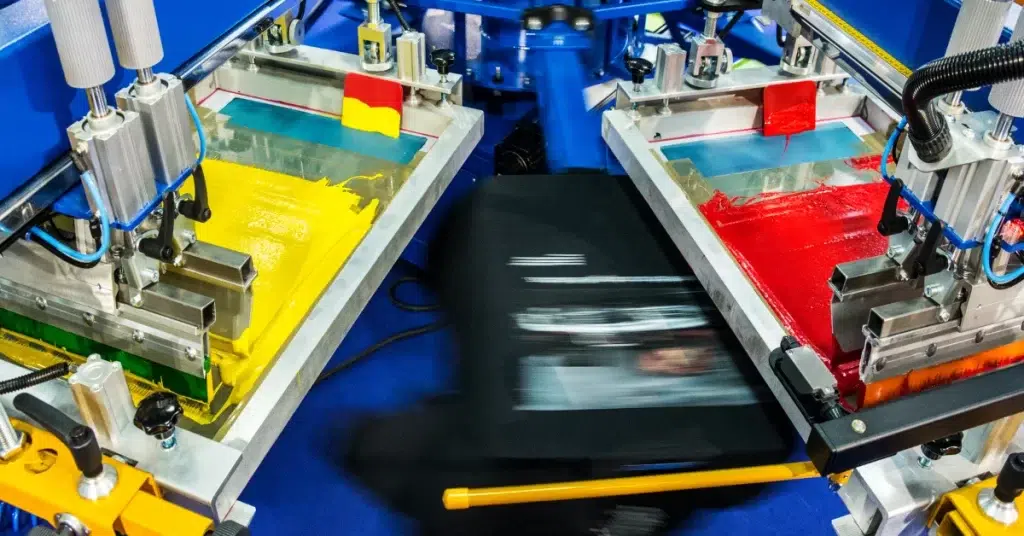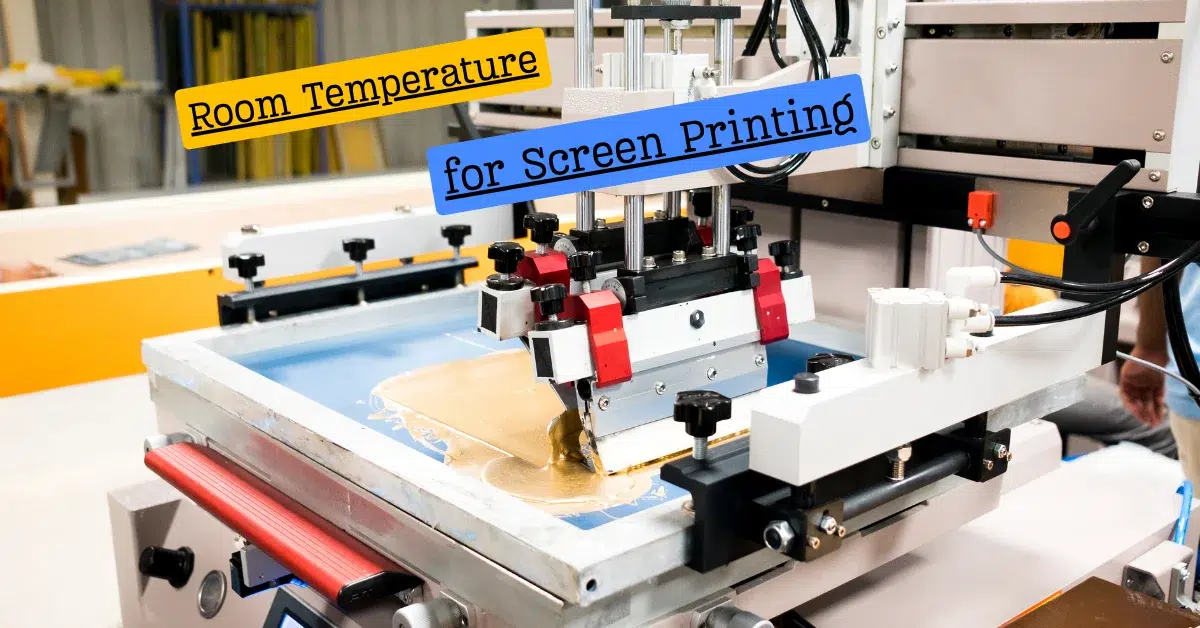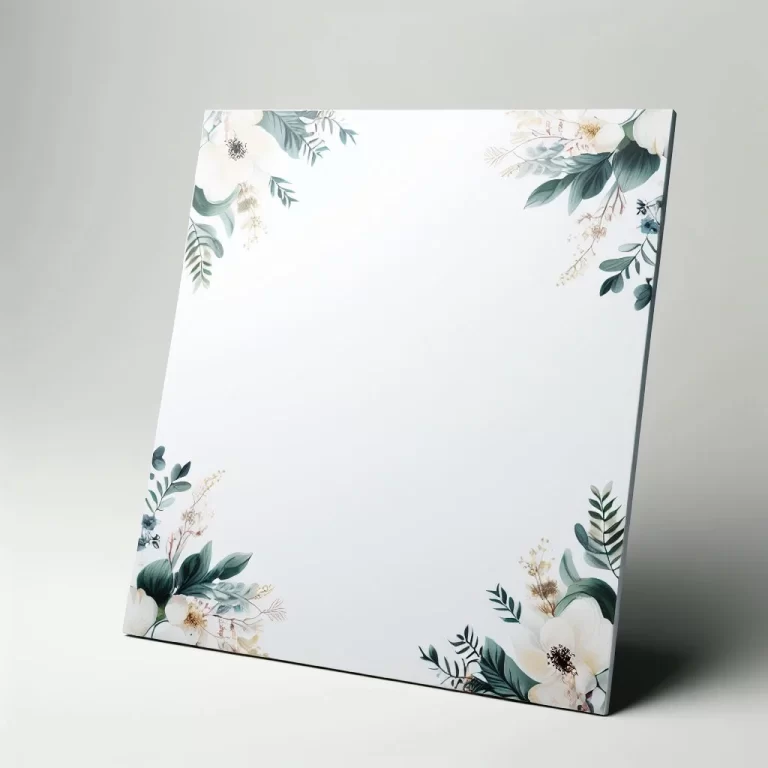Best Room Temperature for Screen Printing
Unearth the key to impeccable screen printing outcomes: the ideal room temperature. Understand why a snug setting of 75-90°F (24-32°C) is the bedrock of vivid, superior prints. Elevate your screen printing prowess with our expert guidance. Explore more with Riley Marker’s eGiftCards.
Unveil the mystery behind perfect screen printing: the maintenance of the right room temperature. Delve into why a comfortable 75-90°F (24-32°C) environment is the foundation for bright, top-notch prints. Hone your screen printing skills with our specialist insights.
The Ideal Temperature: 75-90°F (24-32°C)
Why this range? It’s all about harmony between the ink and the emulsion:
- Ink Dynamics: Plastisol ink thrives above 75°F. Cold snaps turn it stubborn and thick, leading to uneven prints and clogged screens. Warmth keeps it smooth and cooperative.
- Emulsion Stability: The emulsion, your screen’s light-sensitive friend, demands consistency. Too cool? It won’t set right. Too warm? It risks drying into despair.
For a comparison with other eco-friendly options, check out our guides on Soy-Based Inks and UV-Curable Inks.

The Humidity Factor: 40-60%
Beyond temperature, humidity plays a pivotal role. Aim for a sweet spot between 40-60% to dodge slow-drying ink and overly sticky emulsion.
Tips for Climate Control
- Monitor and Adjust: Keep a close eye on the thermometer and hygrometer.
- Dehumidify or Heat: Balance the air with a dehumidifier or space heater as needed.
- Shelter Your Supplies: Protect screens and ink from the whims of weather and direct heat.
- Embrace Technology: In colder climes, a heated flash dryer can be a game-changer for ink curing.
Why It Matters
Screen printing is more than pushing ink through a screen; it’s about precision and consistency. Room temperature is a silent player in the quality of your prints, affecting everything from ink viscosity to screen tension.
The Perfect Balance
- Ink Viscosity: Just right at 75-90°F for that ideal flow through the screen.
- Consistency is Key: Avoid the pitfalls of fluctuating temperatures for uniform prints.
- Drying Time: Dial in the temperature to avoid smudges or clogs.
- Screen Tension: Keep it consistent for impeccable quality.
Considerations Beyond Temperature
- Humidity: A balancing act with temperature for optimal drying.
- Ink Type: Tailor your temperature to the ink’s preferences.
- Substrate Sensitivity: Different materials may require slight adjustments.
Elevate Your Screen Printing Game
Understanding the nuanced role of room temperature in screen printing opens the door to unmatched quality and efficiency. Whether you’re a seasoned pro or just starting, these insights are your ticket to elevating your craft.
Screen printing is an art that demands a harmonious blend of various elements. From the choice of inks and screens to the intricacies of the design, everything matters.
Yet, one often underestimated variable is the room temperature. By maintaining the ideal temperature you can make a world of difference in the quality of your prints.

Best Room Temperature for Screen Printing
So, what is the temperature for screen printing? In our experience, the optimal room temperature for screen printing is 75 to 90 degrees Fahrenheit (24 to 32 degrees Celsius). Here’s why:
- Ink Viscosity: Screen printing ink has a specific viscosity or thickness that allows it to pass through the screen mesh onto the substrate. The ink becomes thicker at lower temperatures, making it challenging to work with. On the other hand, increased temperatures can cause the ink to become too thin, resulting in messy prints. The 75-90°F range strikes the perfect balance for optimal ink flow.
- Consistency: Maintaining a stable room temperature is crucial for achieving consistent results. Fluctuations in temperature can lead to variations in ink thickness and drying times, resulting in uneven prints.
- Drying Time: The room temperature affects the drying time of the ink. In a colder environment, the ink dries more slowly, leading to smudging and longer production times. Conversely, higher temperatures can cause the ink to dry too quickly, potentially clogging the screen.
- Screen Tension: The tension of the screen mesh can also be influenced by temperature. Inconsistent tension can lead to poor print quality, making it vital to maintain a consistent room temperature.
For more on eco-friendly screen printing inks, visit Here.
Factors to Consider
While the recommended temperature range is a good starting point, there are several factors to consider:
Humidity
Humidity levels in the printing room can affect the drying time of the ink. High humidity can slow down the drying process, while low humidity can expedite it. It’s essential to balance temperature and humidity to achieve the best results.
Ink Type
Different types of screen printing ink may have specific temperature requirements. Water-based inks, for instance, may perform best at slightly higher temperatures than plastisol inks. Always consult the manufacturer’s recommendations for the ink you’re using.
Substrate
The material you’re printing on can also impact the ideal room temperature. Some substrates, like paper, may require different temperature conditions than textiles. It’s crucial to adapt the room temperature to suit the specific needs of your project.
🚀 Elevate Your Printing Game
Professional printing resources for stunning results
Closing Arguments:
In the world of screen printing, precision and quality are non-negotiable. Achieving the best room temperature for screen printing is an essential part of the process. The 65-75°F range strikes the perfect balance between ink viscosity, consistency, and drying time, ensuring that your prints turn out just as you envisioned them.
[wps_alert type=”primary”]Remember, while this temperature range serves as a general guideline, it’s essential to consider factors like humidity, ink type, and substrate material for optimal results. By paying attention to these details, you can elevate your screen printing game to the next level.[/wps_alert]
Screen printing is both an art and a science, and finding the ideal room temperature is just one piece of the puzzle. With the right conditions, you can create stunning, consistent prints that leave a lasting impression. So, the next time you embark on a screen printing project, pay close attention to the room temperature—it could be the key to unlocking your best prints.






